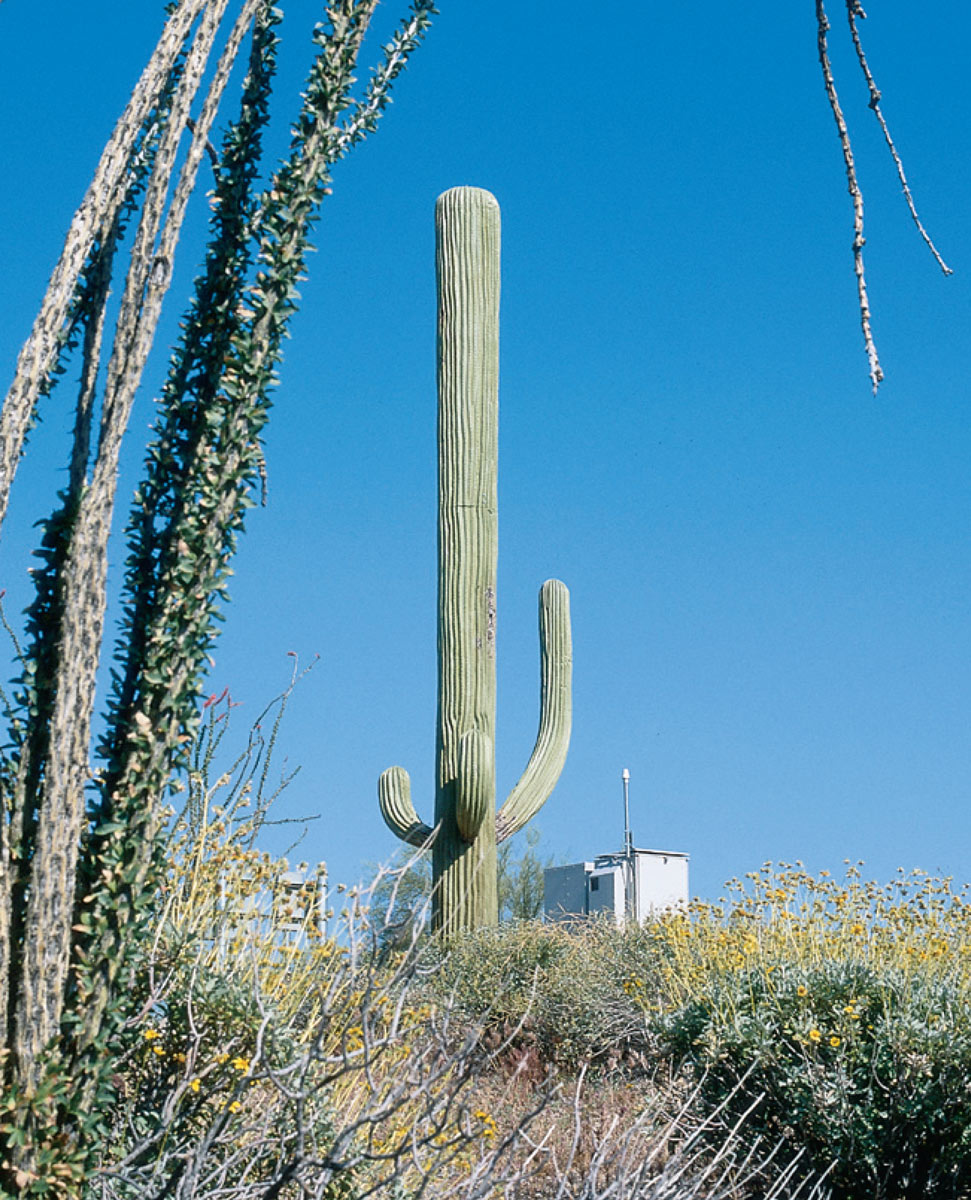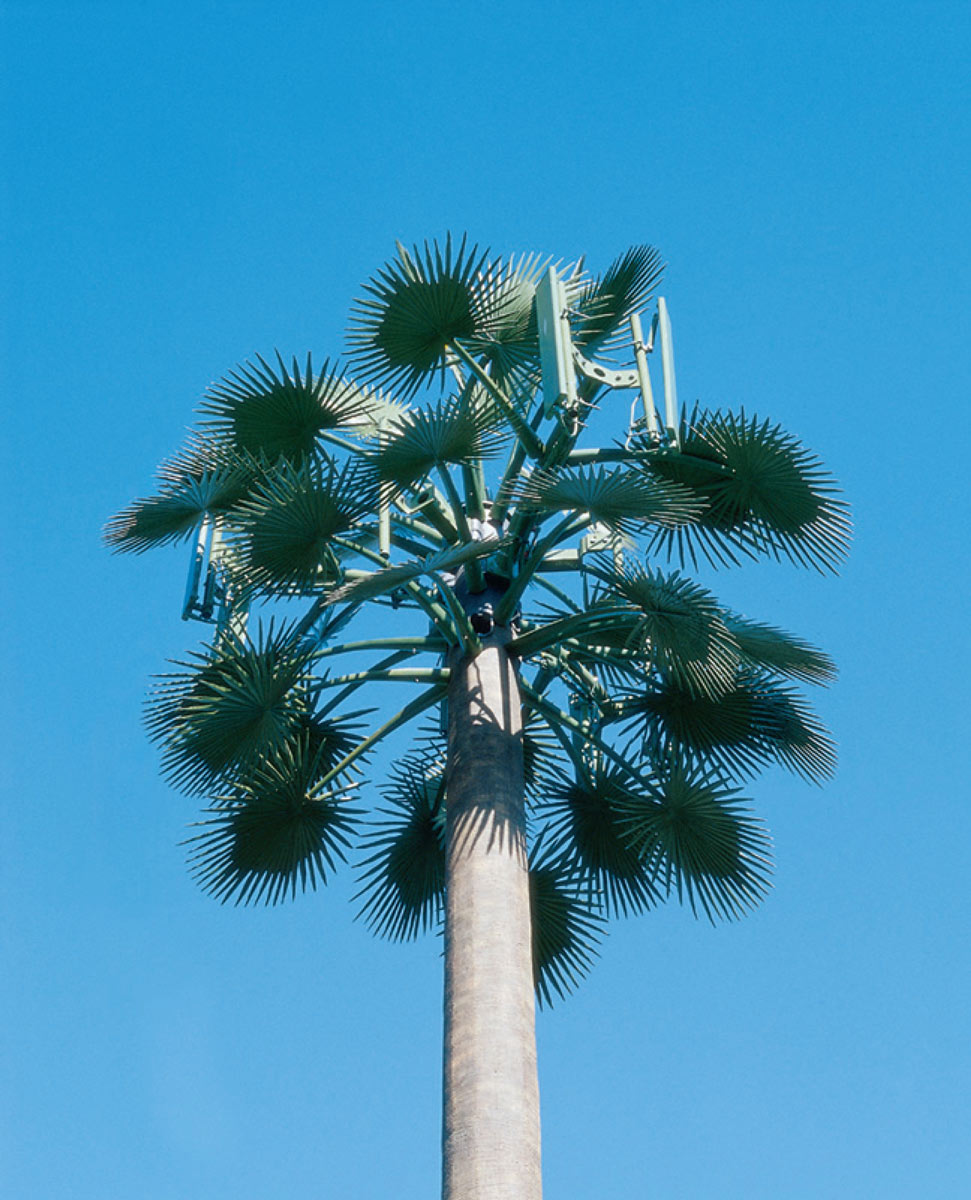

If you have ever noticed an unusually stiff-looking tree with an abnormally thick trunk, frugally spaced branches, and an unchanging appearance through all seasons, you have unwittingly identified a stealth telecommunication tower. Whether disguised as a tree, flagpole, or church steeple, a stealth tower is the solution offered by tower companies to local jurisdictions that refuse the construction of tall metal structures in the town square, a high-school field, or a local church. Each particular location requires a customized stealth tower to best suit the aesthetic demands of that environment. Tower companies do not build palm trees in New Hampshire.
In order to be functional, a stealth tower has certain non-negotiable structural requirements. A stealth tower must accommodate up to three carriers to match the minimum capability of traditional towers, be constructed to a certain height in order to provide adequate signal strength, and be wide enough to house wires and other internal equipment. These requirements restrict the potential for effective camouflage.
Nature is less accommodating. Consider the stealth palm trees with metal rectangles integrated awkwardly into the false sway of faux palm leaves. Even stealth cacti outdo their prickly neighbors with their unprecedented height, width, and stiffness. Rather than creating unseen towers, telecommunication companies have assembled distinct and noticeable structures.
In the end, however, failed camouflage functions like a poorly designed costume, lending the fake vegetation a certain charm. The greater the gap between their high-tech interiors and their low-tech exteriors, the less threatening stealth towers become. Perhaps the true stealth maneuver made by tower companies has been achieved not through camouflage, but through winning the affections of unenthusiastic Americans.
Kristen Dodge is Cabinet’s office manager. She is a recent graduate of Brown University.